In the season of air pollution
According to data from the Ministry of Natural Resources and Environment , air pollution in Hanoi and Ho Chi Minh City is on the rise. At times, the air quality index (AQI threshold) has reached a bad level, affecting human health and socio-economic development activities. Pollution is concentrated in winter, from September of the previous year to March of the following year.
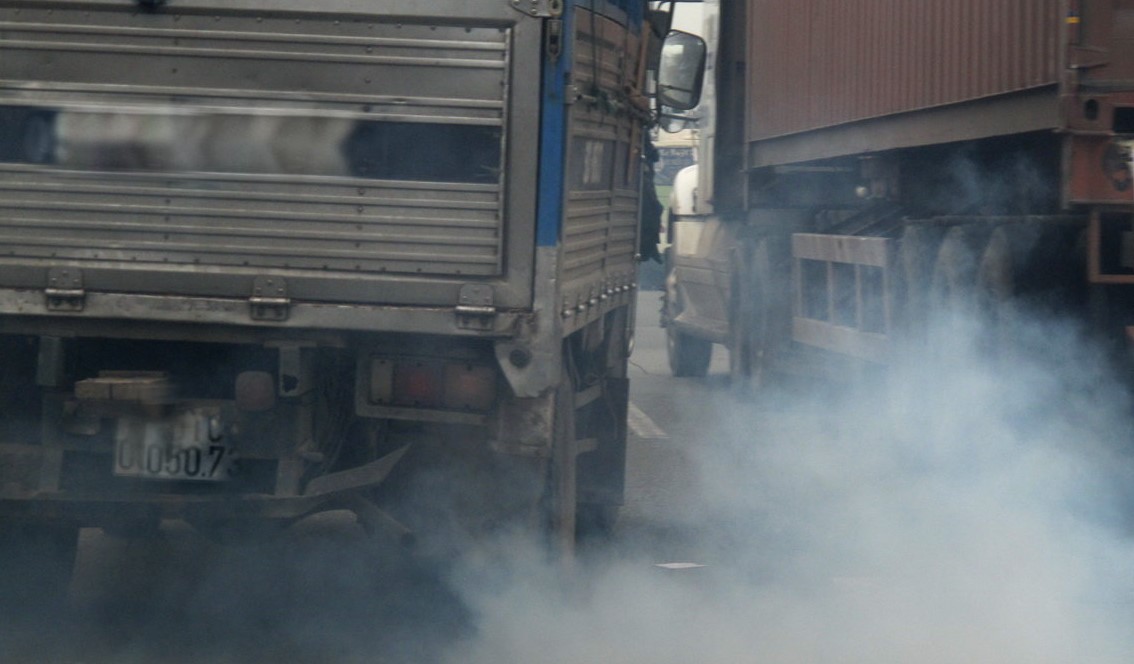
Emissions from vehicles contribute to air pollution affecting human health (illustrative photo).
In 2024, Hanoi recorded four periods of heavy air pollution, three of which occurred in January-April and one in early October. The period of pollution was concentrated from October to March of the following year. The objective cause was that in the winter in the North, unfavorable meteorological conditions such as low rainfall, calm weather, and temperature inversion prevented fine dust from dispersing, causing air pollution. The subjective cause was from traffic, followed by industry, construction, and mining.
According to Mr. Nguyen Minh Tan, Deputy Director of the Hanoi Department of Natural Resources and Environment, the monitoring and research results of the city and experts show that the pollution hotspots in the capital are PM 2.5 and PM 10 dust. The average daily and annual concentrations of PM10 and PM2.5 dust in Hanoi exceed many times the recommendations of the World Health Organization, and local pollution of NO2 and O3 gases is also recorded. In particular, fine dust pollution is recorded in most districts of the city, especially in inner-city districts with high population density and traffic activities.
There have been links between air pollution and people's health. Specifically, with the increase in PM 2.5 dust concentration, there are on average nearly 1,100 hospitalizations due to cardiovascular disease and nearly 3,000 cases due to respiratory disease each year.
Solving the pollution problem
According to Mr. Tan, the city is implementing 4 priority solution groups, including researching and developing specific regulations and mechanisms to reduce air pollution that have been promulgated in the Capital Law, such as regulations on criteria, conditions, procedures for determining low-emission zones.
Implement emission reduction from major sources, especially traffic sources, including road cleaning, traffic zoning and zoning fee collection; zoning to restrict motorbike operation; building low emission zones. In addition, build mechanisms and improve the capacity to warn and forecast air quality in the city, and build a mechanism for inter-level, inter-sectoral and inter-regional coordination.
In addition, ministries and sectors are also proposing many solutions to control air quality in Vietnam, especially in large cities. These include reviewing and advising the Government and the Prime Minister to issue major policies of macro-level importance related to air quality management, focusing on policies on environmental protection tax and environmental protection fees for emissions. At the same time, tightening regulations on standards and regulations on road motor vehicle emissions.
In addition, the Ministry of Natural Resources and Environment will organize inspections, checks, handle violations, monitor emission sources, and require industrial production facilities, especially those generating large amounts of dust and emissions in the area, to strictly implement control measures and ensure that emissions are treated in accordance with environmental technical standards.
Source: https://www.baogiaothong.vn/giai-phap-nao-giam-o-nhiem-khong-khi-192241210191802189.htm


![[Photo] Prime Minister Pham Minh Chinh chairs meeting on science and technology development](https://vphoto.vietnam.vn/thumb/1200x675/vietnam/resource/IMAGE/2025/5/17/ae80dd74c384439789b12013c738a045)



![[Photo] Readers line up to visit the photo exhibition and receive a special publication commemorating the 135th birthday of President Ho Chi Minh at Nhan Dan Newspaper](https://vphoto.vietnam.vn/thumb/1200x675/vietnam/resource/IMAGE/2025/5/17/85b3197fc6bd43e6a9ee4db15101005b)
![[Photo] More than 17,000 candidates participate in the 2025 SPT Competency Assessment Test of Hanoi National University of Education](https://vphoto.vietnam.vn/thumb/1200x675/vietnam/resource/IMAGE/2025/5/17/e538d9a1636c407cbb211b314e6303fd)





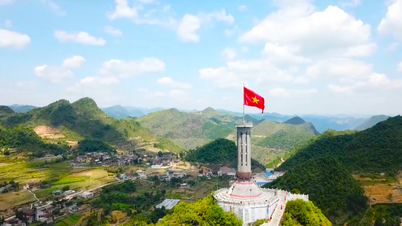
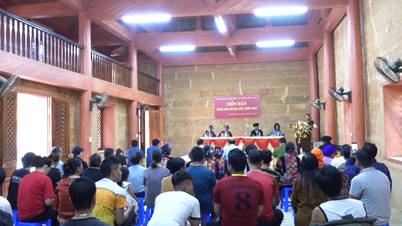
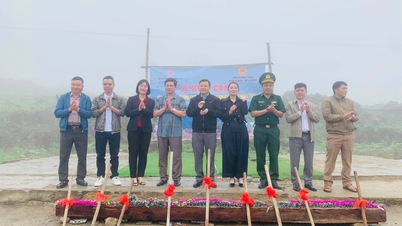


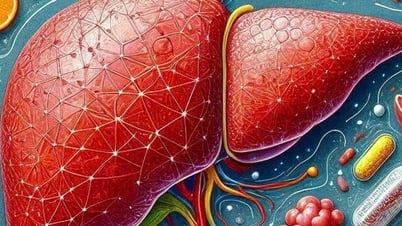
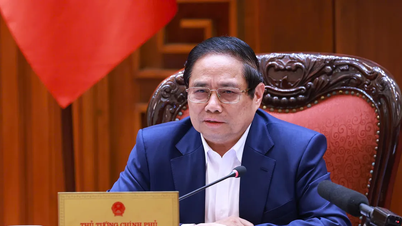

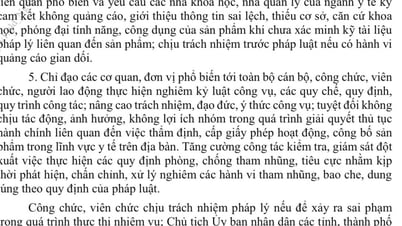
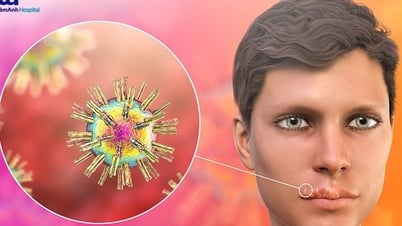







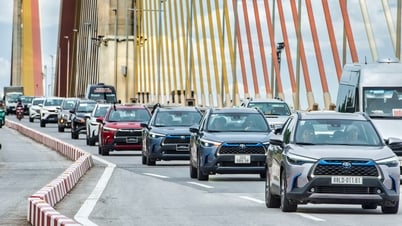




![[Photo] Nearly 3,000 students moved by stories about soldiers](https://vphoto.vietnam.vn/thumb/1200x675/vietnam/resource/IMAGE/2025/5/17/21da57c8241e42438b423eaa37215e0e)























































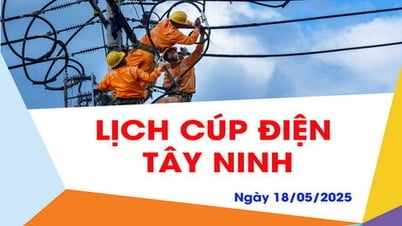














Comment (0)